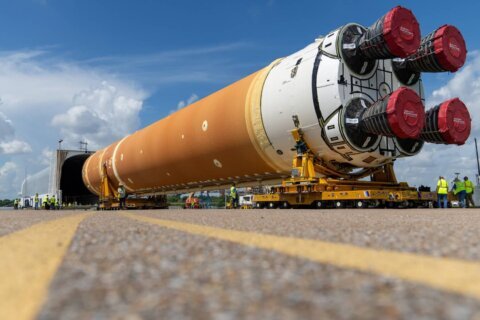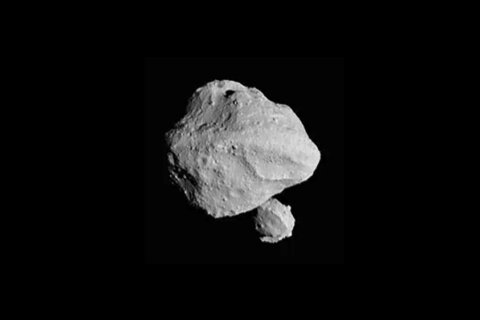

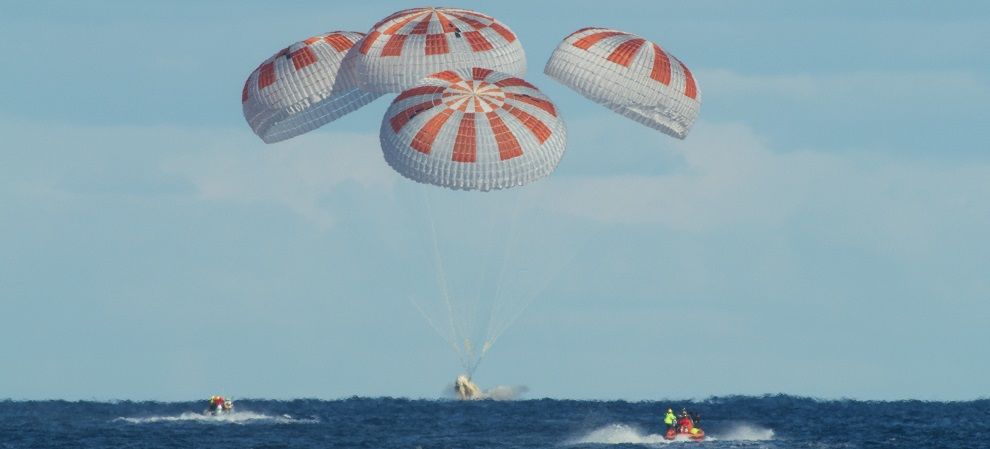

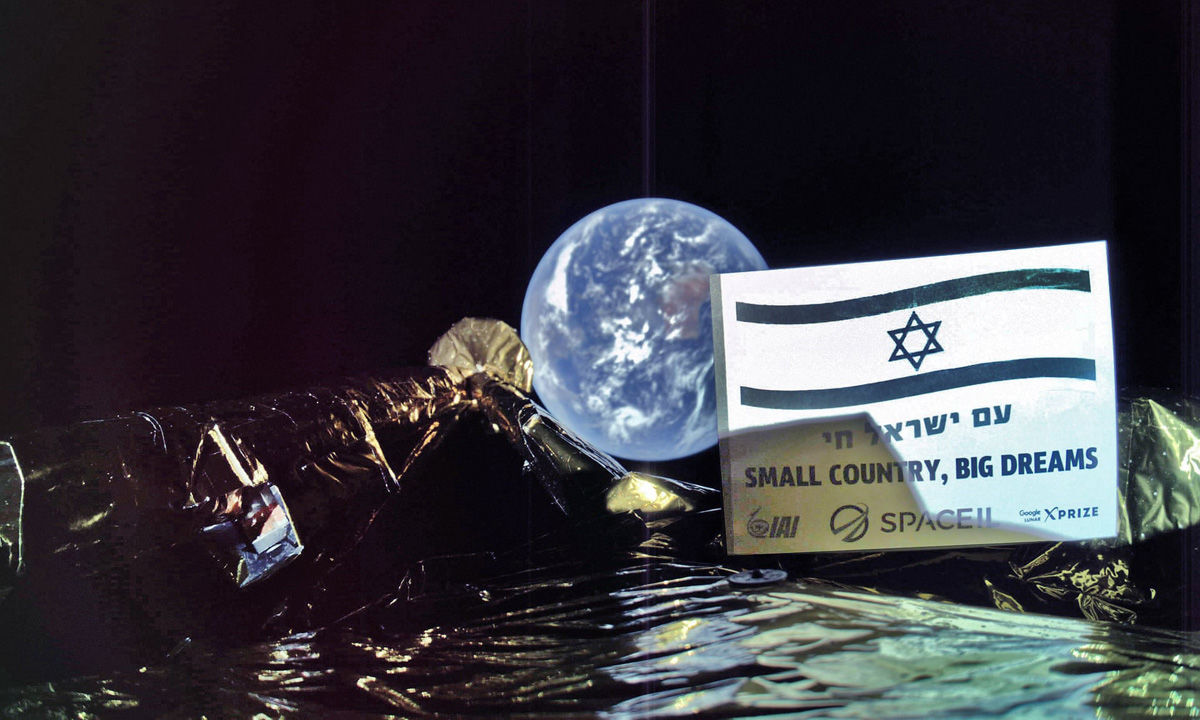
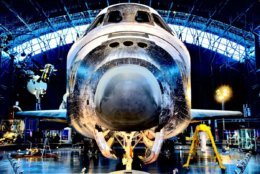
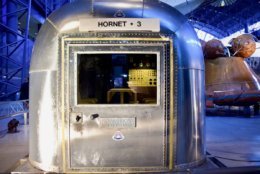
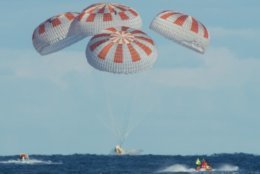
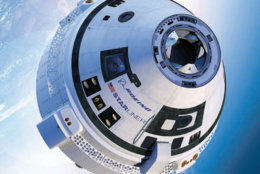
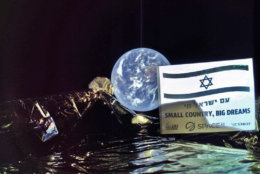
This last Friday, I saw the magnificent and stirring film “Apollo 11” at the Steven F. Udvar-Hazy Center’s IMAX Theater. You owe it to yourself to see this film if you have any interest in space or American history. It will not disappoint.
While at Udvar-Hazy, I had to see Space Shuttle Discovery again. You don’t realize how big the shuttles were until you stand next to Discovery. Seeing the spaceship in a post-landing configuration only feet away is pretty amazing. They accomplished a lot in their 30 years and 135 flights.
It has been almost eight years since the last flight of the space shuttle program took place. To put it in another way, it has been almost eight years that the only way for humans to access space, or low Earth orbit (LEO) more precisely, has been through the Russian Soyuz spacecraft. NASA currently buys seats on the venerable Soviet Union holdover at $81.7 million dollars per seat. The Soyuz has been ferrying astronauts and cosmonauts to and from the International Space Station (ISS) and will continue to do so in the foreseeable future.
Last Friday also saw a milestone that hasn’t been witnessed in almost 50 years to the day: the splashdown of a human-rated spacecraft, SpaceX’s Crew Dragon in the Atlantic Ocean. Apollo 9 with its three-man crew splashed down in the Atlantic March 13, 1969 following a successful 10-day mission of the Apollo Command and Service Modules and the Lunar Excursion Module.
Next stop for Apollo was the Apollo 10 dress rehearsal for landing on the moon and then Apollo 11 actually doing so. It was pretty cool at Udvar-Hazy to see the famous “Hornet Plus 3” trailer that housed the Apollo 11 crew to start their 18-day quarantine period following their return from the moon landing.
The uncrewed Crew Dragon splashdown marked the successful conclusion to the SpaceX Demo-1 mission which launched March 2 on a SpaceX Falcon 9 rocket; the first stage successfully landed offshore on a ship so that it can be refurbished and launched again. Under automatic control, Demo-1 rendezvoused and docked with the ISS. The hatches between the two spacecraft were eventually opened and the ISS crew got to float around inside Crew Dragon which made for some spectacular live video feed.
The successful Demo-1 mission was a huge step forward for NASA’s Commercial Crew Program (CCP), which is designed to provide U.S. launch capability for crewed missions to and from the ISS from commercial providers SpaceX and Boeing. Boeing’s CST-100 Starliner spacecraft is scheduled for its uncrewed mission test next month. The next few months will be busy ones for SpaceX and Boeing as they prepare for crewed missions this summer.
While the CCP has been ramping up to actual crewed flights, NASA has been working on developing the crewed Orion spacecraft and the Space Launch System (SLS). Orion-SLS is how NASA plans to send crews to the Moon, asteroids and Mars. It has been 47 years this December — Apollo 17 — since humans went beyond LEO. SLS can also access LEO and the ISS if needed. Orion-SLS are scheduled to launch on an uncrewed mission, Exploration Mission-1 (EM-1) in 2020. If EM-1 is successful then EM-2, essentially a repeat of EM-1 but with a crew, will take place in 2023.
The Orion spacecraft has been successfully space tested as it was launched by a Delta IV-Heavy into LEO Dec. 5, 2014 and returned to Earth 4.5 hours later to complete Exploration Flight Test-1 (EFT-1). Some modifications were made to the spacecraft that reduced its weight and the EM-1 Orion is getting ready for its flight with its European Space Agency (ESA) Service Module at the Kennedy Space Center (KSC).
Almost a year ago, I wrote about humanity’s “Return to the Moon.” Since then, China’s Chang’e 4 mission landed safely on the far side of the Moon in January of this year and is currently exploring the landing site via its Yutu 2 lunar rover. China hopes to return again this year to the Moon with its Chang’e 5 lunar sample return mission to Mons Rumker Crater on the near side of the moon.
The moon is also slated to be visited in April by the world’s first lunar lander built by a private space company, SpaceIL. If the Beresheet spacecraft lands and operates successfully it will open a whole new lunar enterprise. NASA has selected nine private companies for lunar surface access through its Commercial Lunar Payload Services (CLPS) contract vehicle. The first CLPS mission could occur as soon as October 2019.
In another lunar first, Beresheet also has a 30 million page library onboard that is designed to help preserve human civilization. The library is on a DVD-size metal disc that should last for millions of years.
As you can see, 2019 is shaping up as a new dawn for U.S. crewed spaceflight and NASA taking steps to return to the Moon — this time to stay. It is a U.S. space resurgence that we have not seen for quite a long time.
Time to light these candles …
Follow my daily blog to keep up with the latest news in astronomy and space exploration. You can email me at skyguyinva@gmail.com.

